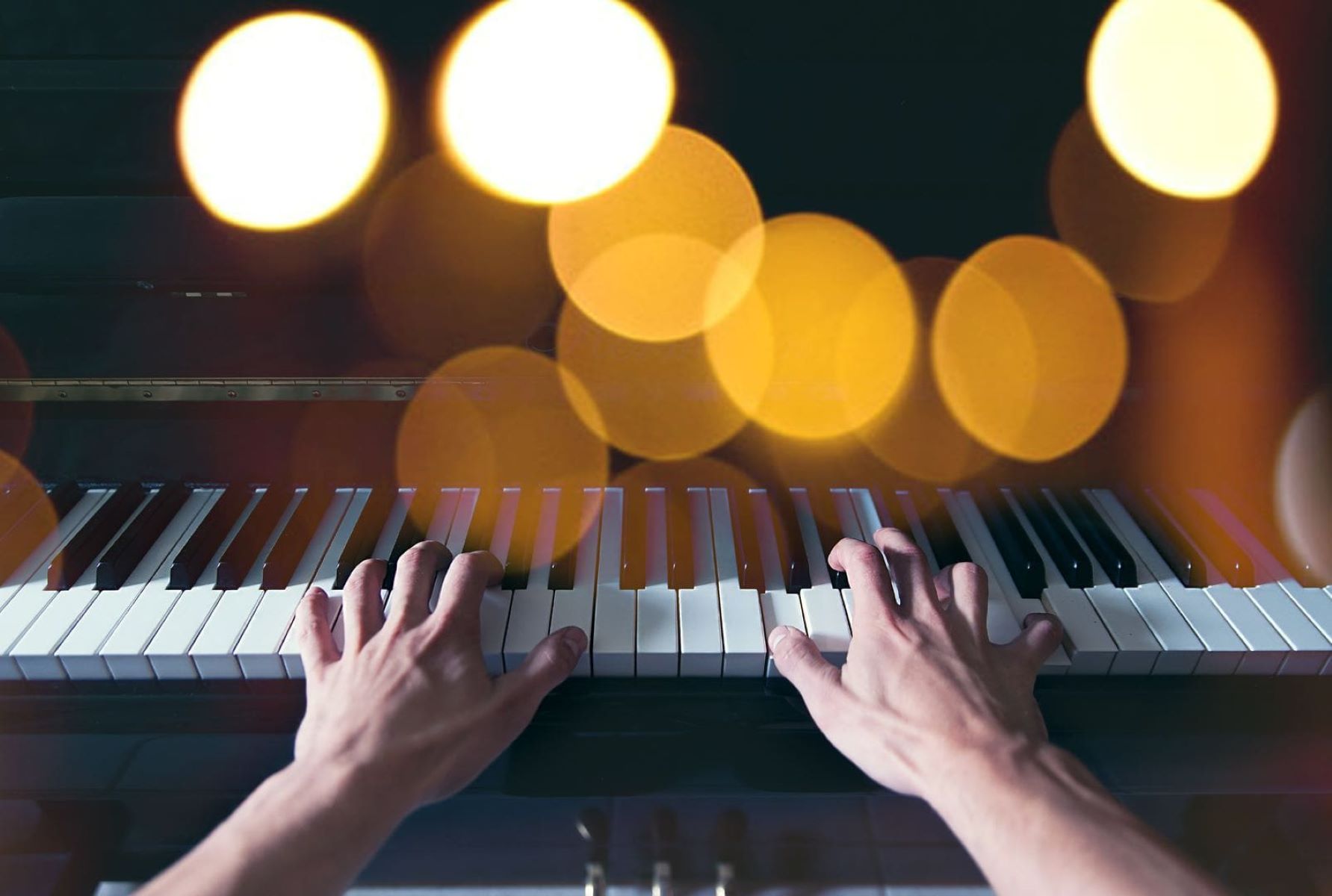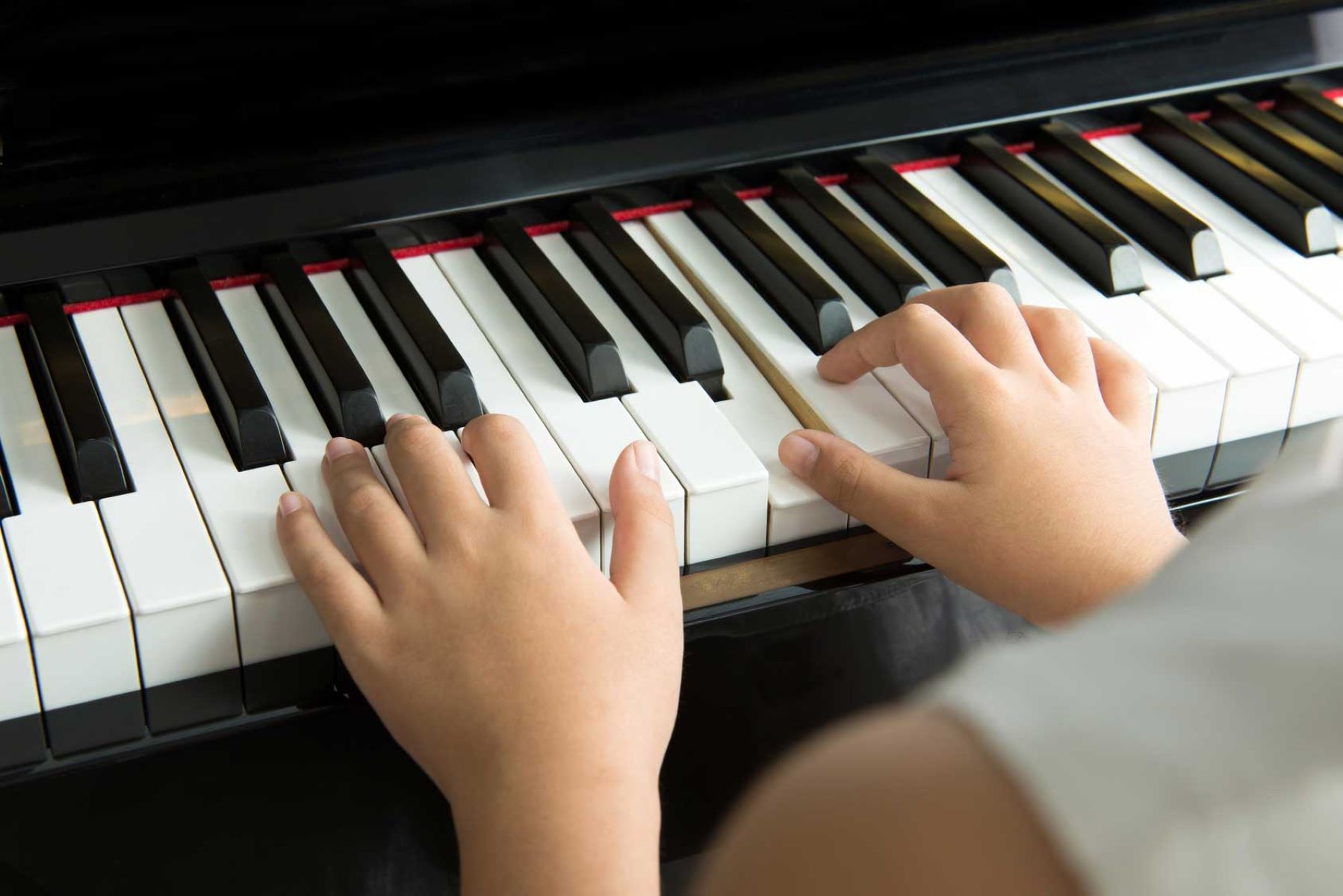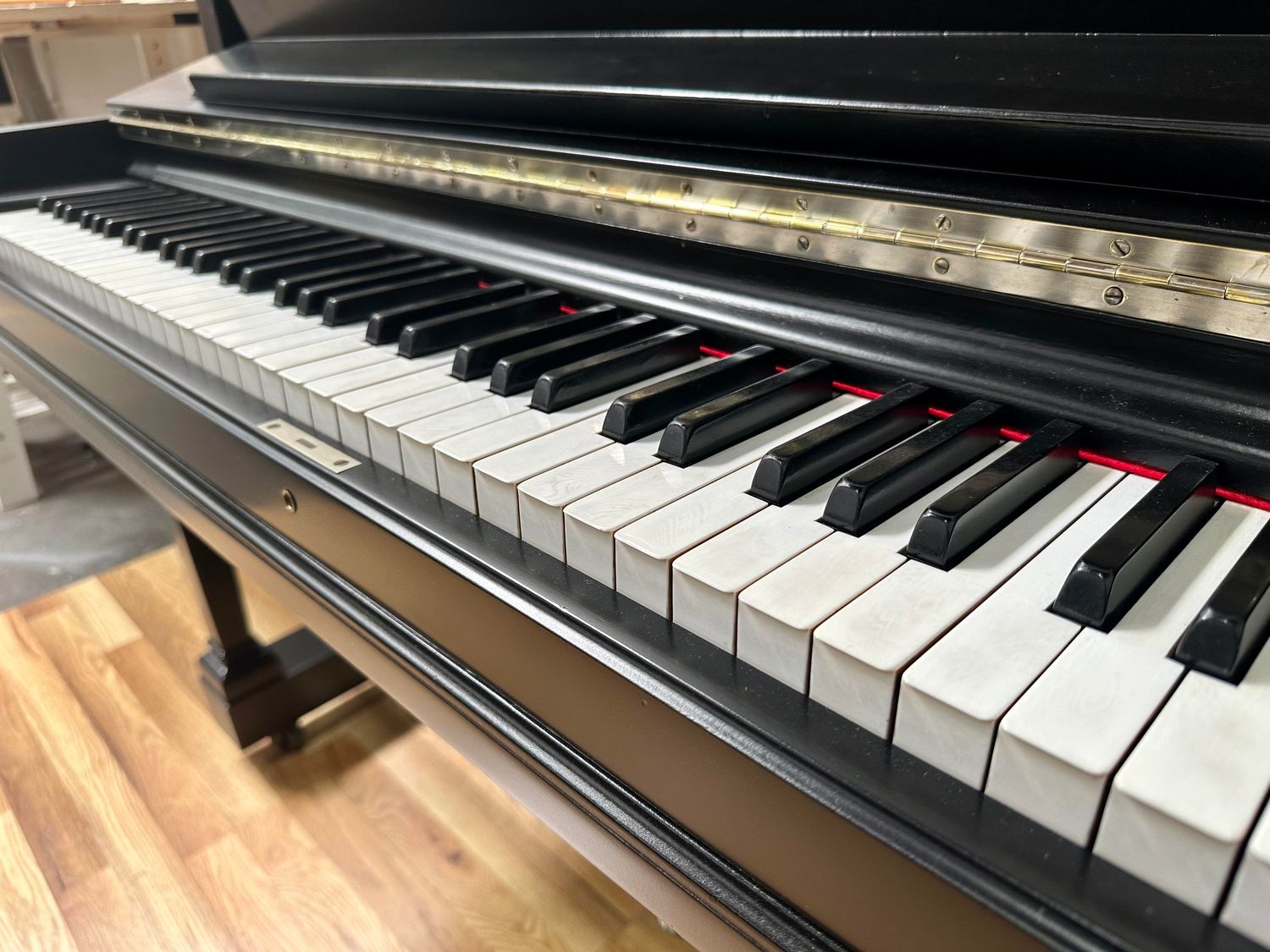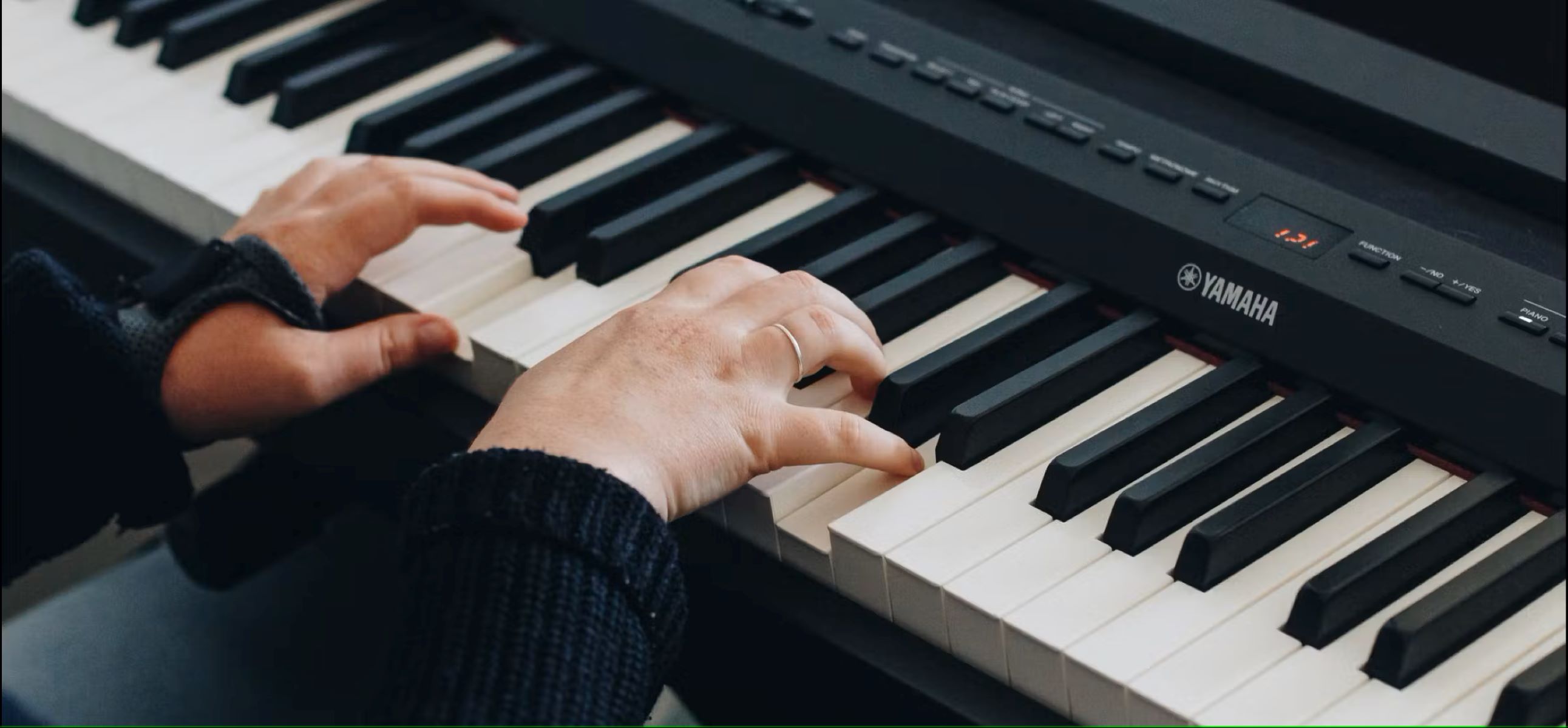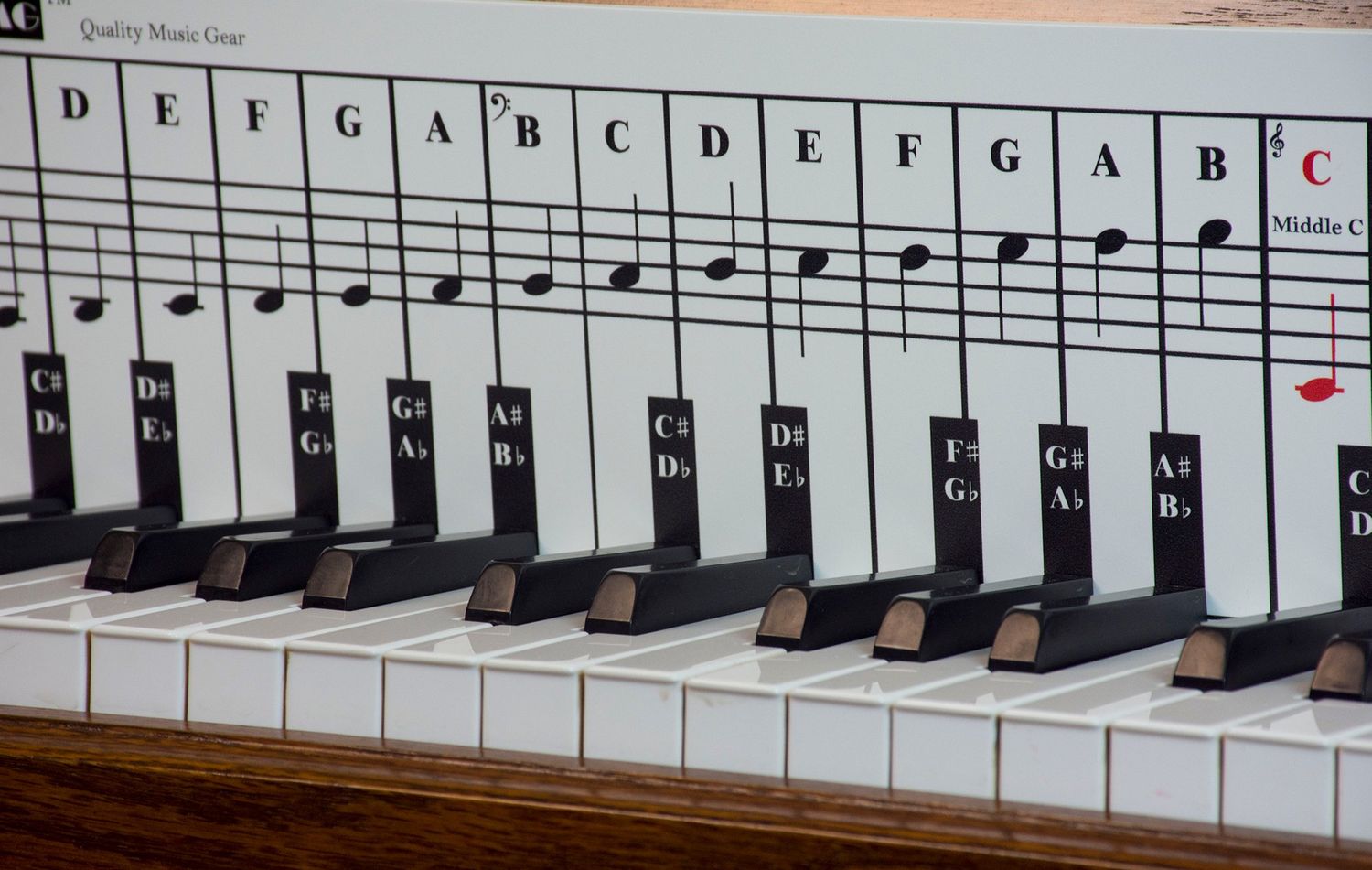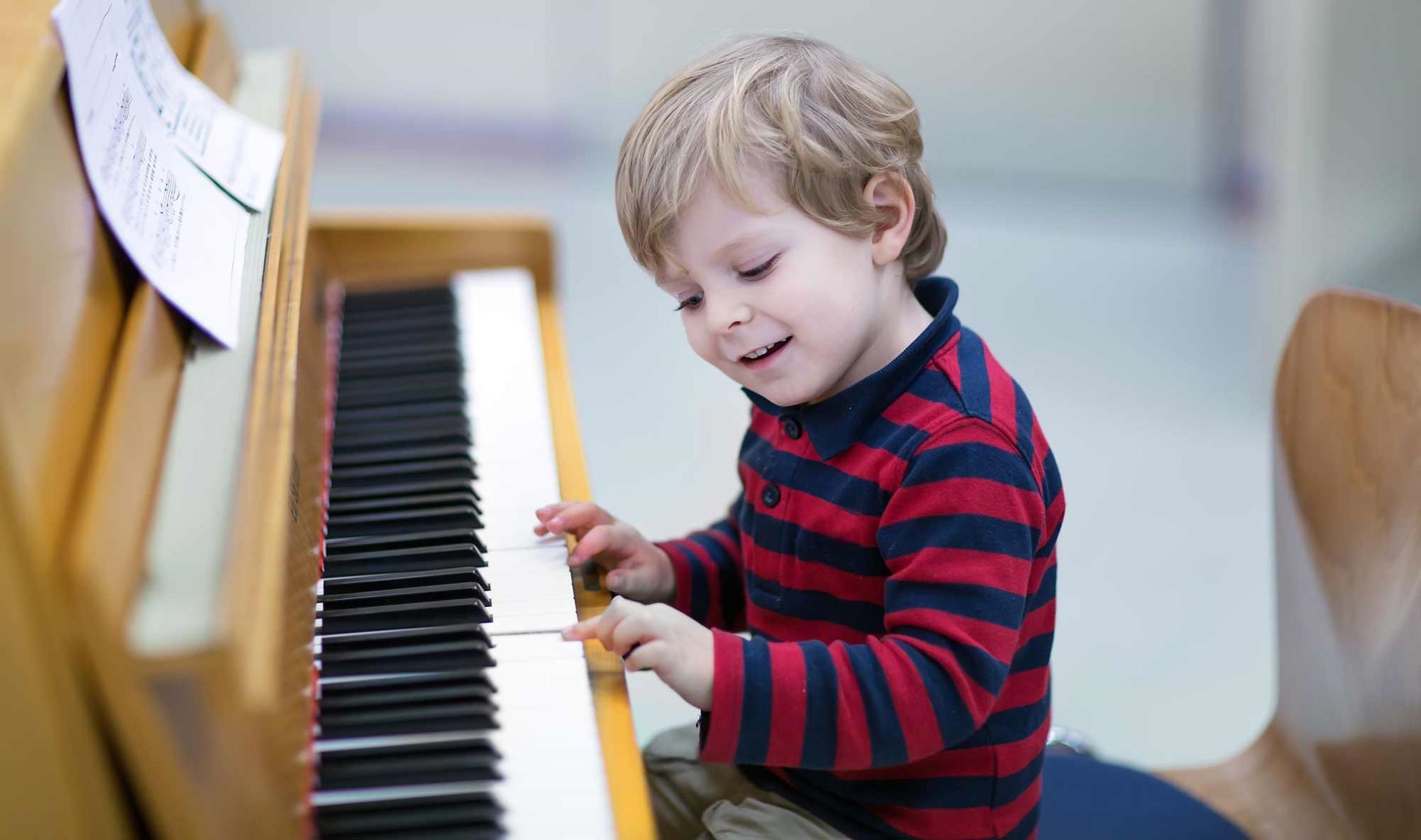Home>Instruments>Piano>How To Play A Sharp On Piano
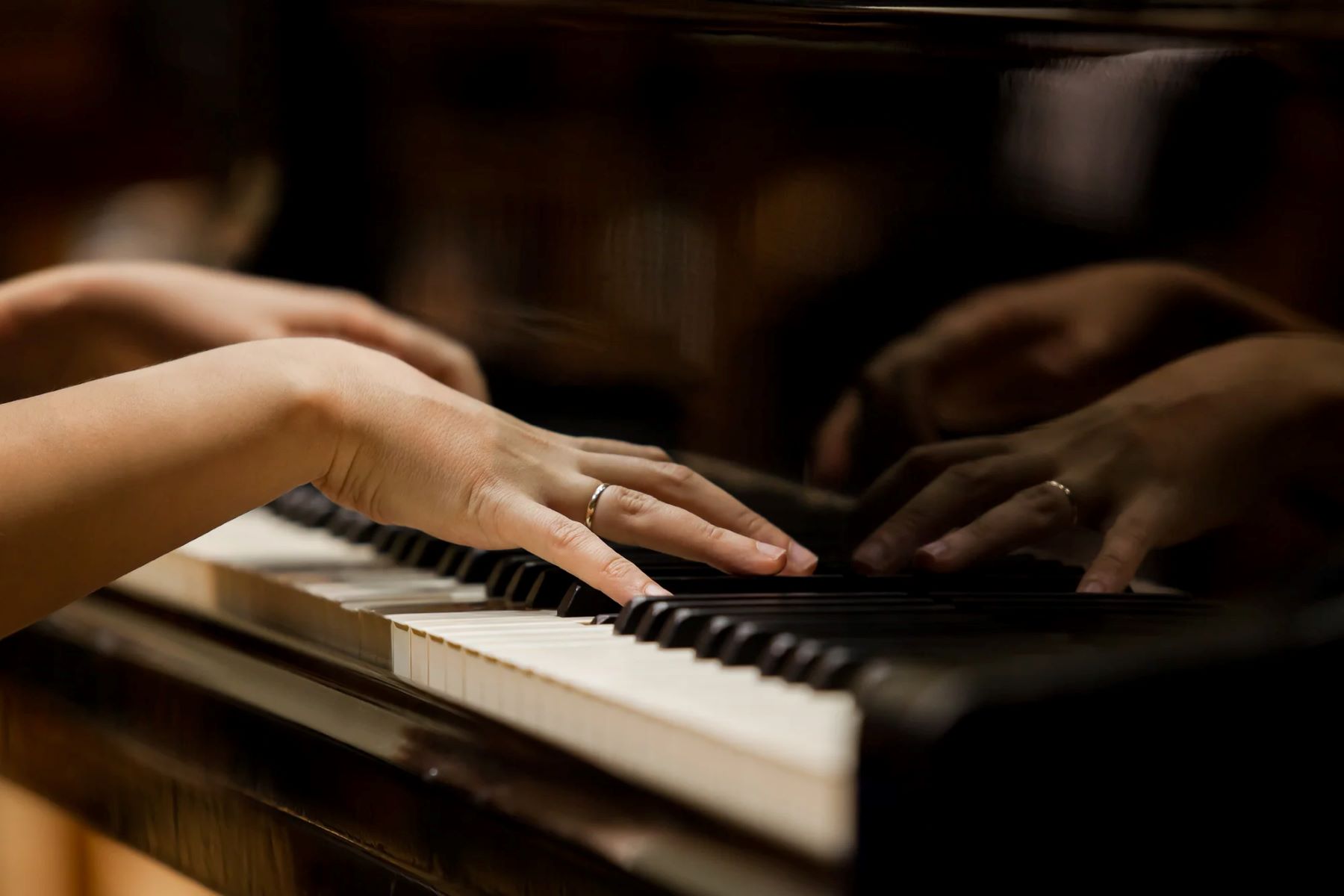

Piano
How To Play A Sharp On Piano
Published: February 12, 2024
Learn how to play a sharp on the piano with our step-by-step guide. Master the technique and improve your piano playing skills today!
(Many of the links in this article redirect to a specific reviewed product. Your purchase of these products through affiliate links helps to generate commission for AudioLover.com, at no extra cost. Learn more)
Table of Contents
Introduction
Playing the piano is a rewarding and enriching experience, allowing musicians to express their creativity and emotions through the beautiful sounds of this versatile instrument. As you embark on your piano-playing journey, understanding the nuances of musical notation and theory is essential. One fundamental aspect of piano playing is mastering sharps, which are indicated by the "#" symbol in sheet music. In this comprehensive guide, we will explore the intricacies of playing sharps on the piano, providing valuable insights and practical tips to enhance your musical proficiency.
Understanding how to play sharps on the piano is crucial for interpreting sheet music accurately and producing the intended notes with precision. Whether you are a beginner seeking to grasp the basics or an intermediate player aiming to refine your skills, this article will equip you with the knowledge and techniques necessary to navigate the world of sharps on the piano.
Sharps play a pivotal role in shaping melodies and harmonies, adding depth and complexity to musical compositions. By delving into the realm of sharps, you will expand your musical repertoire and gain a deeper appreciation for the art of piano playing. Join us as we unravel the mysteries of sharps and embark on a melodic adventure that will elevate your piano-playing prowess.
Understanding Sharps
Before delving into the practical aspects of playing sharps on the piano, it is essential to grasp the theoretical foundation behind these musical symbols. In music notation, a sharp is denoted by the "#" symbol and indicates that the note it precedes should be played one semitone higher. This means that when a sharp is placed before a note, it raises the pitch of that note by a half step.
Sharps are a fundamental component of key signatures, which are used to indicate the key of a musical piece and establish the notes that are consistently played as sharps throughout the composition. Understanding key signatures is crucial for interpreting sheet music accurately and executing the correct notes on the piano.
It is important to note that the concept of enharmonic equivalents is closely related to sharps. Enharmonic equivalents refer to notes that are written differently but produce the same pitch when played, such as C# and Db. While these notes may look distinct on sheet music, they are played as the same key on the piano, illustrating the significance of understanding the relationship between sharps and enharmonic equivalents.
Furthermore, sharps can appear as accidentals within a musical piece, altering the pitch of specific notes within a measure. These accidentals provide temporary adjustments to the pitch of notes, enriching the melodic structure and introducing captivating tonal variations.
By comprehending the role of sharps within the context of musical notation and theory, pianists can develop a deeper understanding of how these symbols influence the overall tonal landscape of a composition. This knowledge forms the bedrock for effectively interpreting and performing pieces that incorporate sharps, empowering musicians to infuse their renditions with accuracy and expressive nuances.
Finding the Sharp Notes on the Piano
Locating and identifying sharp notes on the piano is a fundamental skill that allows pianists to navigate the keyboard with confidence and precision. The layout of the piano keyboard consists of white and black keys, with the black keys representing sharp and flat notes. Sharps are positioned to the right of their corresponding natural notes, creating a distinctive visual pattern on the keyboard.
One of the key aspects to understand is the relationship between natural notes and their sharp counterparts. For instance, the note C is located to the left of a grouping of two black keys. Moving to the right, the first black key in this grouping represents the note C#, which is the sharp equivalent of C. Similarly, the note D is positioned to the right of a grouping of two black keys, and the black key immediately to its right is known as D#, representing the sharp version of D.
It’s important to note that each natural note on the piano has a corresponding sharp note, with the exception of E and B, which do not have sharp counterparts. This pattern of natural and sharp notes repeats across the keyboard, allowing pianists to easily identify and play sharp notes as they navigate different octaves.
Developing a tactile and visual understanding of the layout of sharp notes on the piano keyboard is essential for fluid and accurate playing. By familiarizing oneself with the distinctive arrangement of black keys and their association with sharp notes, pianists can swiftly locate and execute sharp notes within a musical piece, contributing to a seamless and cohesive performance.
Furthermore, recognizing the spatial relationships between natural notes and their sharp counterparts fosters a deeper connection with the instrument, enabling musicians to internalize the patterns and intervals that define the harmonic structure of a composition. This intuitive awareness of the keyboard layout empowers pianists to navigate complex melodies and intricate passages with agility and finesse, enhancing their overall musical proficiency.
Playing Sharps on the Piano
Mastering the art of playing sharps on the piano involves not only understanding their theoretical significance and identifying their location on the keyboard but also executing them with finesse and accuracy. When encountering sharp notes in a musical piece, pianists must approach them with a combination of technical dexterity and musical expression to convey the intended tonal nuances.
One essential aspect of playing sharps on the piano is maintaining proper finger positioning and hand posture. As a pianist encounters sharp notes within a piece, it is crucial to position the fingers in a manner that allows for seamless transitions between natural and sharp notes. This involves cultivating a relaxed yet controlled hand posture to facilitate fluid movement across the keyboard, ensuring that the execution of sharp notes is integrated harmoniously within the musical phrase.
Furthermore, attentive listening and a keen ear are indispensable when playing sharps on the piano. Pianists should focus on producing sharp notes with clarity and precision, ensuring that the heightened pitch seamlessly integrates with the surrounding notes to convey the intended musical expression. By honing their listening skills and cultivating a discerning ear for tonal quality, musicians can elevate their renditions by infusing sharp notes with expressive depth and clarity.
Additionally, understanding the context of sharp notes within a musical passage is essential for delivering a compelling performance. Sharps often contribute to the harmonic richness and melodic contour of a composition, and pianists must interpret and execute them in a manner that aligns with the stylistic and emotive essence of the piece. Whether a sharp note serves as a fleeting embellishment or a pivotal harmonic element, pianists can imbue their performances with artistry by sensitively navigating the role of sharp notes within the musical narrative.
As pianists cultivate their proficiency in playing sharps, they embark on a journey of musical discovery, honing their technical prowess and interpretive skills to breathe life into compositions. By embracing the intricacies of playing sharps on the piano, musicians unlock a world of expressive possibilities, enriching their performances with captivating tonal variations and nuanced musical expression.
Conclusion
Embarking on the exploration of playing sharps on the piano unveils a tapestry of musical intricacies and expressive possibilities. From understanding the theoretical underpinnings of sharps to navigating the keyboard with confidence and infusing performances with artistry, mastering the art of playing sharps enriches the musical journey of pianists at every level of proficiency.
As pianists delve into the realm of sharps, they gain a deeper appreciation for the harmonic nuances and tonal variations that these symbols impart to musical compositions. The ability to identify, interpret, and execute sharp notes with precision and artistry empowers musicians to breathe life into the melodies and harmonies they bring to fruition on the piano.
Moreover, the journey of playing sharps on the piano transcends technical proficiency, encompassing a profound connection with the instrument and the music itself. It fosters a heightened awareness of the keyboard’s layout, intervals, and tonal relationships, nurturing a holistic understanding of musical structure and expression.
Ultimately, mastering the art of playing sharps on the piano is a testament to a pianist’s dedication to their craft and their unwavering passion for musical excellence. It is a journey marked by continuous growth, discovery, and the joy of interpreting compositions with depth, sensitivity, and compelling artistry.
As you embark on your own musical odyssey, may the knowledge and insights shared in this guide serve as a guiding light, illuminating the path toward a deeper understanding of playing sharps on the piano. Embrace the nuances, hone your skills, and let the expressive power of sharps enrich your musical endeavors, resonating with the timeless beauty and profound emotion that the piano so gracefully embodies.

